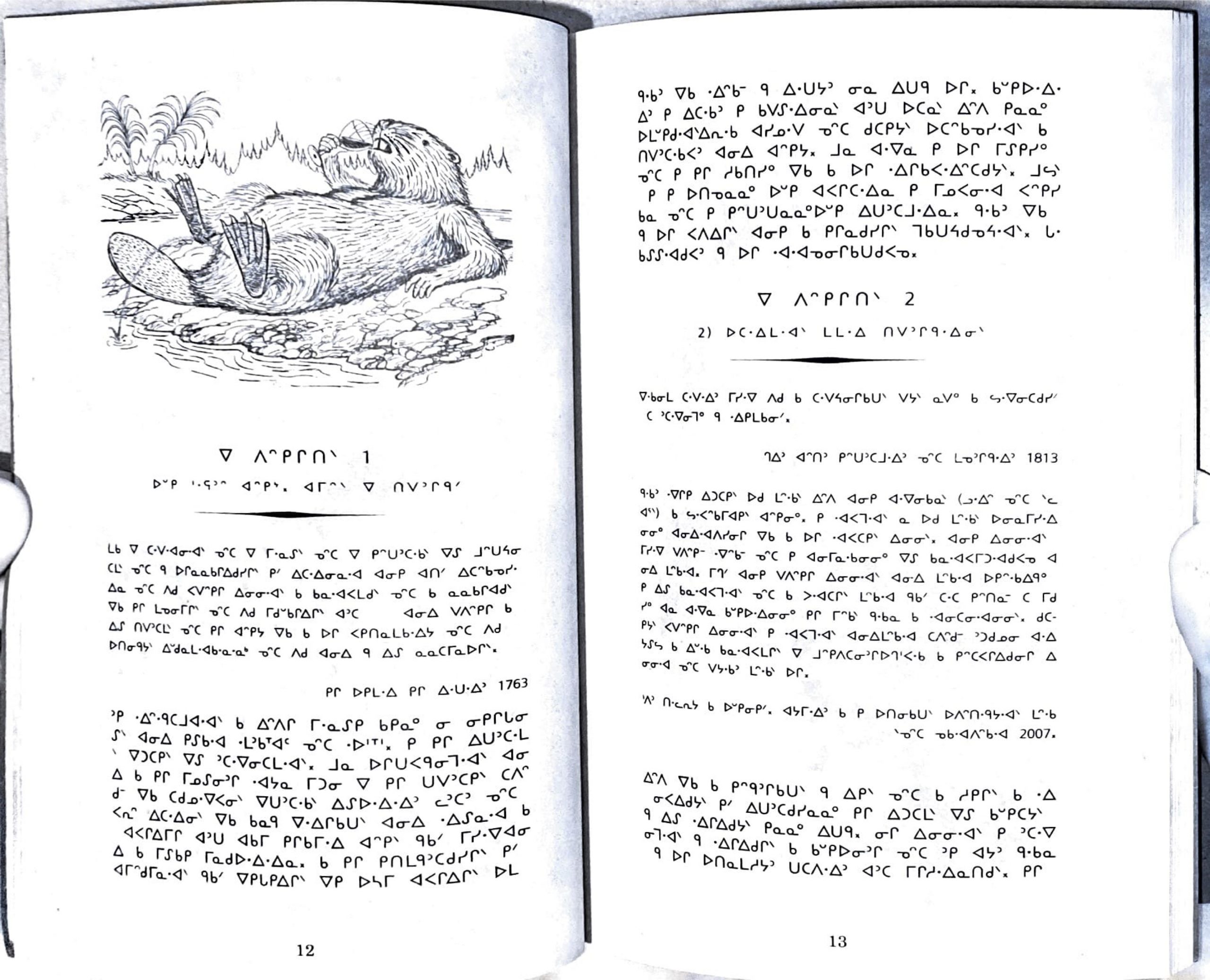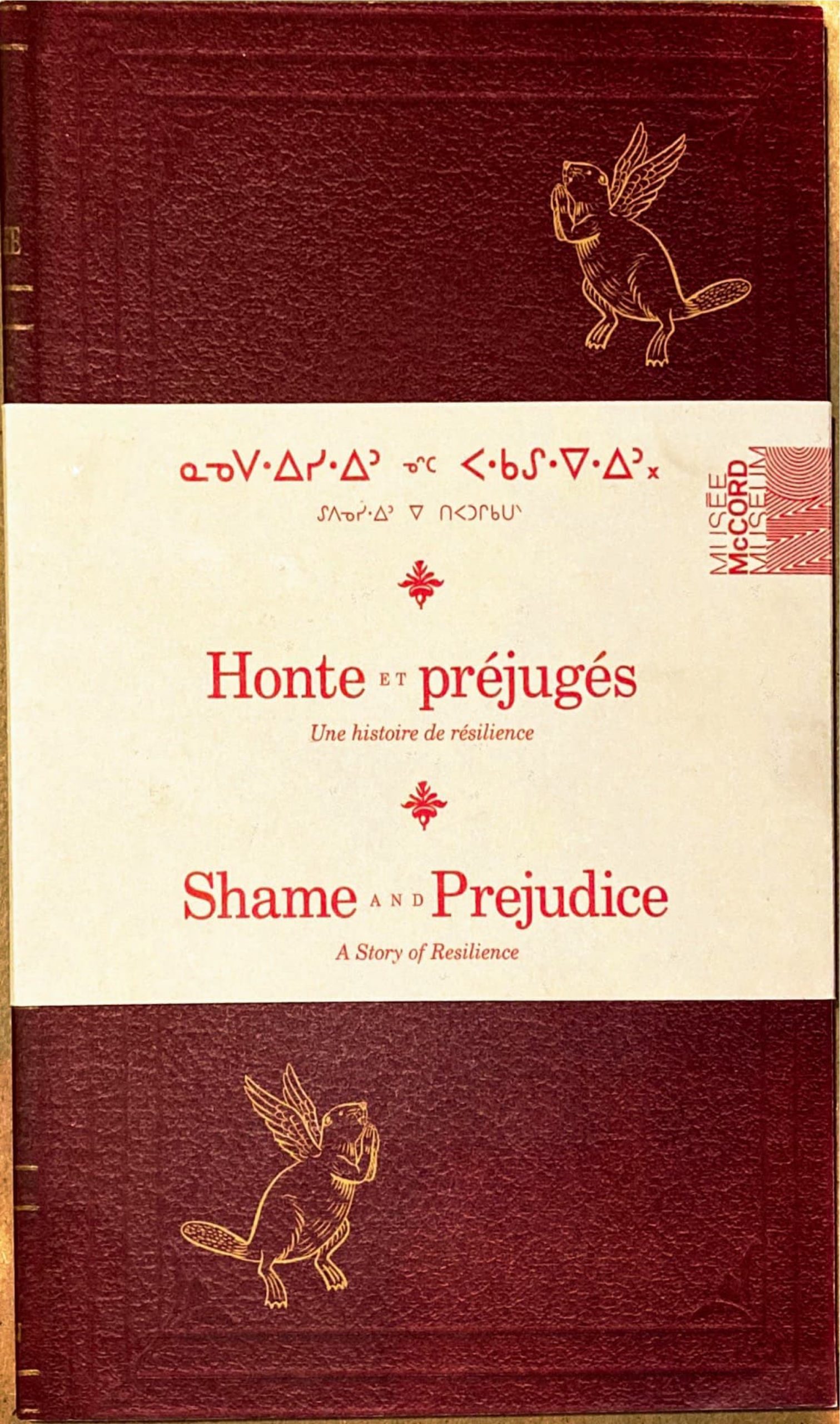The artist discusses his exhibition and Canadian history
Thousands of people from around the globe tuned in to a Zoom session held on Sept. 26, 2020 to listen to Kent Monkman speak. The interdisciplinary Cree artist is known for his provocative works, which explore themes of sexuality and colonization as a means of retelling contemporary Indigenous experiences.
Presented in partnership with Indspire and the Museum of Anthropology (MOA) at the University of British Columbia, the live discussion covered topics surrounding Indigeneous and Canadian art, reconciliation, and Monkman’s exhibition Shame and Prejudice: A Story of Resilience.
Indspire is a national Indigenous charity that invests in the education of First Nations, Inuit, and Métis people. By partnering with Indigenous private and public sector stakeholders, they “educate, connect and invest in First Nations, Inuit and Métis people so they will achieve their highest potential.”
The conversation was mediated by Roberta Jamieson, the President and CEO of Indspire — and the first Indigenous woman to earn a law degree in Canada — and Jennifer Kramer, Curator, at the MOA, whose work focuses on First Nations visual culture and with First Nations on the Pacific Northwest coast.
“I never set out, as an artist, to be an educator, but I certainly found myself stepping into that role with [Shame and Prejudice] because the erasure of these colonial policies was so effective that most Canadians are still in the dark,” said Kent Monkman at the virtual conference.
His exhibition, which was on display at the McCord Museum during the spring of 2019, revisits Canadian and Indigenous history through the eyes of Monkman’s gender-fluid alter-ego, Miss Chief Eagle Testickle. His book of the same name guides readers through the history of New France and the dispossession of Indigenous lands through Canadian colonial policies.
Accompanied by historical artefacts, his paintings and installations reinterpret, and make reference to, a multitude of well-known works, artists, and significant objects. Among his references is Caravaggio’s renowned 1604-06 Death of the Virgin, which depicts the Virgin Mary lying on her deathbed.
In Monkman’s version of the piece, titled Death of the Virgin (After Caravaggio), he swaps the Virgin Mary for a First Nations woman. In his 2016 work, The Daddies, Miss Chief Eagle Testickle poses on an iconic Hudson’s Bay blanket, surrounded by Canada’s founding fathers, leaving the viewer to raise questions about Confederation.
“I wanted to touch on very specific chapters of the last 150 years because so much of the art history told on this continent is told from the settler perspective and the art that’s upheld and hung in our colonial institutions, effectively, is an erased version; it’s like a version that omits Indigenous perspective and Indigenous experience,” said Monkman.
“That was what this project really set out to do, was to canonize and to authorize, into this history of the continent, Indigenous experience, both contemporary and historical.”
A Talk with Kent Monkman is available for viewing on Indspire’s YouTube channel here.
Photos courtesy of Chloë Lalonde





